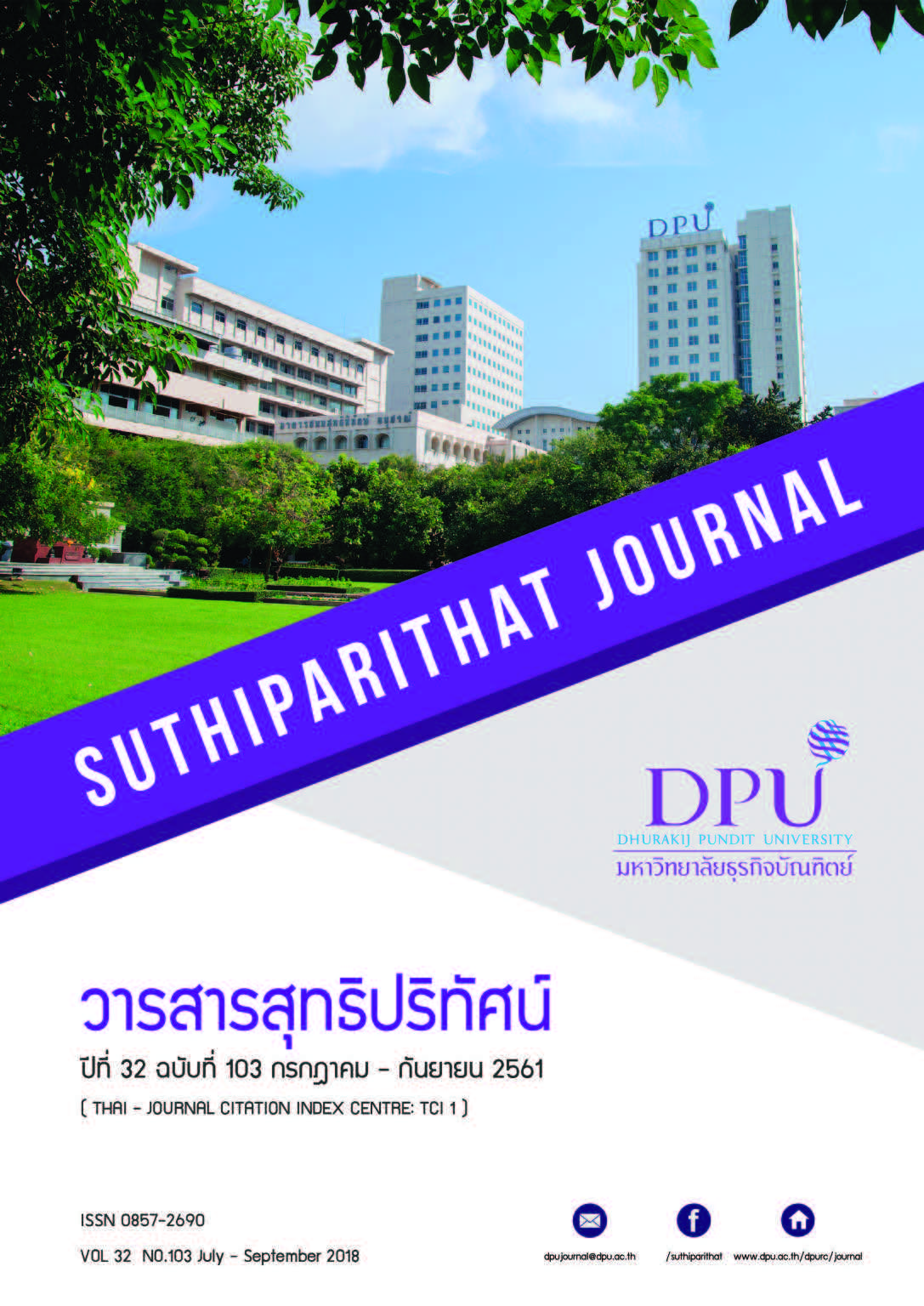KNOWLEDGE AND CONFIDENT IN KNOWLEDGE OF INVESTIGATIVE FORENSIC PSYCHOLOGY AMONG POLICE STUDENTS
Keywords:
Knowledge, Confidence, Investigation, Forensic Psychology, PoliceAbstract
This research examined knowledge and confident in knowledge of investigative forensic psychology among police students in a curriculum preparing law graduates to become commissioned police officers responsible for criminal inquiries. The results, based on a survey of 89 police students, suggested that the sample had average level of investigative forensic psychological knowledge but were highly confident about their knowledge. Those who were high on masculinity had more confidence in their knowledge than those who were low on masculinity, while prior experience in police work was not associated with higher levels of confidence. The results of the study demonstrated the need to incorporate education regarding investigative forensic psychology and overconfident decision-making into police training. In addition, it would be necessary to encourage police students to question their own beliefs and view things from different perspectives, especially among highly masculine individuals.
References
Aamodt, M. G., & Custer, H. (2006). Who can best catch a liar?: A meta-analysis of individual differences in detecting deception. The Forensic Examiner, 15, 1, 6-11.
Bartol, C.R., & Bartol, A.M. (2018). Introduction to forensic psychology: Research and application (5th ed.). Thousand Oaks, CA: Sage Publications.
Bem, S. L. (1981). Gender schema theory: A cognitive account of sex typing. Psychological Review, 88, 354-364.
Blanton, H., Pelham, B. W., DeHart, T., & Carvallo, M. (2001). Overconfidence as dissonance reduction. Journal of Experimental Social Psychology, 37 (5), 373-385.
Bogaard, G., Meijer, E. H., Vrij, A., & Merckelbach, H. (2016). Strong, but wrong: Lay people’s and police officers’ beliefs about verbal and nonverbal cues to deception. Plos One, 11 (6), 1-19.
Bond, C. F., & DePaulo, B. M. (2006). Accuracy of deception judgments. Personality and Social Psychology Review, 10, 214-234.
Burnett, J. W., Anderson, W. P., & Heppner, P. P. (1995). Gender roles and self-esteem: A consideration of environmental factors. Journal of Counseling & Development, 73 (3), 323-326.
Chaplin, C., & Shaw, J. (2016). Confidently wrong: Police endorsement of psycho-legal misconceptions. Journal of Police and Criminal Psychology, 31 (3), 208–216.
Colwell, L. H., Miller, H. A., Miller, R. S., & Lyons, P. M. (2006). US police officers’ knowledge regarding behaviors indicative of deception: Implications for eradicating erroneous beliefs through training. Psychology, Crime, & Law, 12 (5), 489-503.
De Paulo, B. M., Lindsay, J. J., Malone, B. E., Muhlenbruck, L., Charlton, L. & Cooper, H. (2003). Cues to Deception. Psychological Bulletin, 129, 74-118.
Fraser, I., Waite, K., & Bond-Fraser, L. (2013). Canadian police officers’ knowledge of the fallibility of eyewitness. International Journal of Liberal Arts and Social Science, 1 (3), 108-118.
Granhag, P. A., Strömwall, L. A., & Hartwig, M. (2005). Eyewitness testimony: Tracing the beliefs of Swedish legal professionals. Behavioral Sciences & the Law, 23 (5), 709-727.
Jiang, L. & Luo, D. (2016). Legal professionals’ knowledge of eyewitness testimony in China: A cross-sectional survey. Plos One, 11 (2), 1-8.
Karagiorgakis, A., (2010). Police officer beliefs about factors that influence eyewitness memory (Doctoral dissertation). Available from ProQuest Dissertations and Theses database. (UMI No. 3414087)
Kassin, S. M., Tubb, V. M., Hosch, H. M., & Memon, A. (2001). On the general acceptance of eyewitness testimony research: A new survey of the experts. American Psychologist, 56, 405-416.
Lassiter, G. D., Geers, A. L., Handley, I. M., Weiland, P. E., & Munhall, P. J. (2002). Videotaped interrogations and confessions: A simple change in camera perspective alters verdicts in simulated trials. Journal of Applied Psychology, 87, 867– 874.
Magnussen, S., & Melinder, A. (2011). What psychologists know and believe about memory: A survey of practitioners. Applied Cognitive Psychology, 26 (1), 54-60.
Meyer J.R., & Reppucci, N. D. (2007). Police practices and perceptions regarding juvenile interrogation and interrogative suggestibility. Behavioral Science & Law, 25 (6), 757–780. 42 SUTHIPARITHAT Vol.32 No.103 July - September 2018
Palan, K. M. (2001). Gender identity in consumer behavior research: A literature review and research agenda. Academy of Marketing Science Review, 6 (2), 1-24.
Sherman, R. O. (2015). How to avoid biased thinking. American Nurse Today, 10 (3), 12-14. Retrieved March 1, 2018, from https://www.americannursetoday.com/wp-content/uploads/2015/03/ant3-Bias-226.pdf
Stark, E. (2013). Testing Misconceptions and Building Excitement in a Psychology and the Law course. American Psychology Law Society Newsletter, 11-15. Retrieved March 1, 2018, from https://cornerstone.lib.mnsu.edu/cgi/viewcontent.cgi?referer= https://www.google.co.th/&httpsredir=1&article=1049&context=psyc_fac_pubs
Strömwall, L. A., & Granhag, P. A. (2003). How to detect deception? Arresting the beliefs of police officers, prosecutors and judges. Psychology, Crime, & Law, 9, 19–36.
Technical Working Group for Eyewitness Evidence (1999). Eyewitness evidence: A guide for law enforcement. Washington, DC: National Institute of Justice.
Vafaei, A., Alvarado, B., Tomas, C., Muro, C., Martinez, B., & Zunzunegui, M. V. (2014). The validity of the 12-item Bem Sex Role Inventory in older Spanish population: An examination of the androgyny model. Archive of Gerontology and Geriatrics, 59 (2), 257-263.
Vrij, A., & Granhag, P. A. (2012). Eliciting cues to deception and truth: What matters are the questions asked. Journal of Applied Research in Memory and Cognition, 1, 110-117.
Vrij, A., Granhag, P. A., & Porter, S. (2010). Pitfalls and opportunities in nonverbal and verbal lie detection. Psychological Science in the Public Interest, 11(3), 89-121.
Vrij, A., & Mann, S. (2001). Who killed my relative? Police officers’ ability to detect real-life high-stake lies. Psychology, Crime, & Law, 7, 119-132.
Wise, R. A., & Safer, M.A. (2003). A survey of judges’ knowledge and beliefs about eyewitness testimony. Court Review, 40(1), 6-16.
Wise, R. A., Safer, M. A., & Maro, C. (2011). What U.S. law enforcement officers know and believe about eyewitness factors, eyewitness interviews, and identification procedures. Applied Cognitive Psychology, 25, 488-500.
Downloads
Published
How to Cite
Issue
Section
License
Content and information of the article published at Suthiparithat Journal are based on the sole opinions and responsibility of author(s) only. Neither the editorial board involve in......







